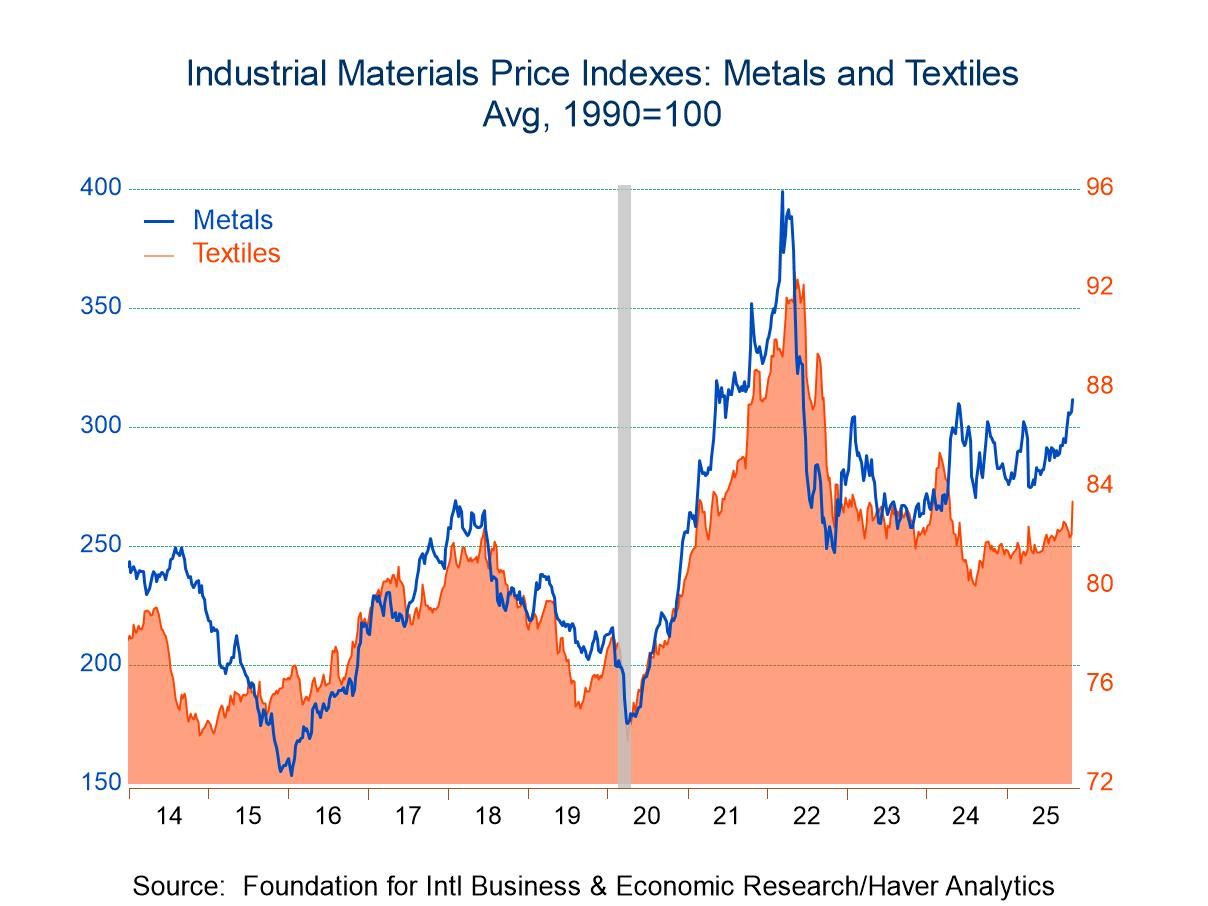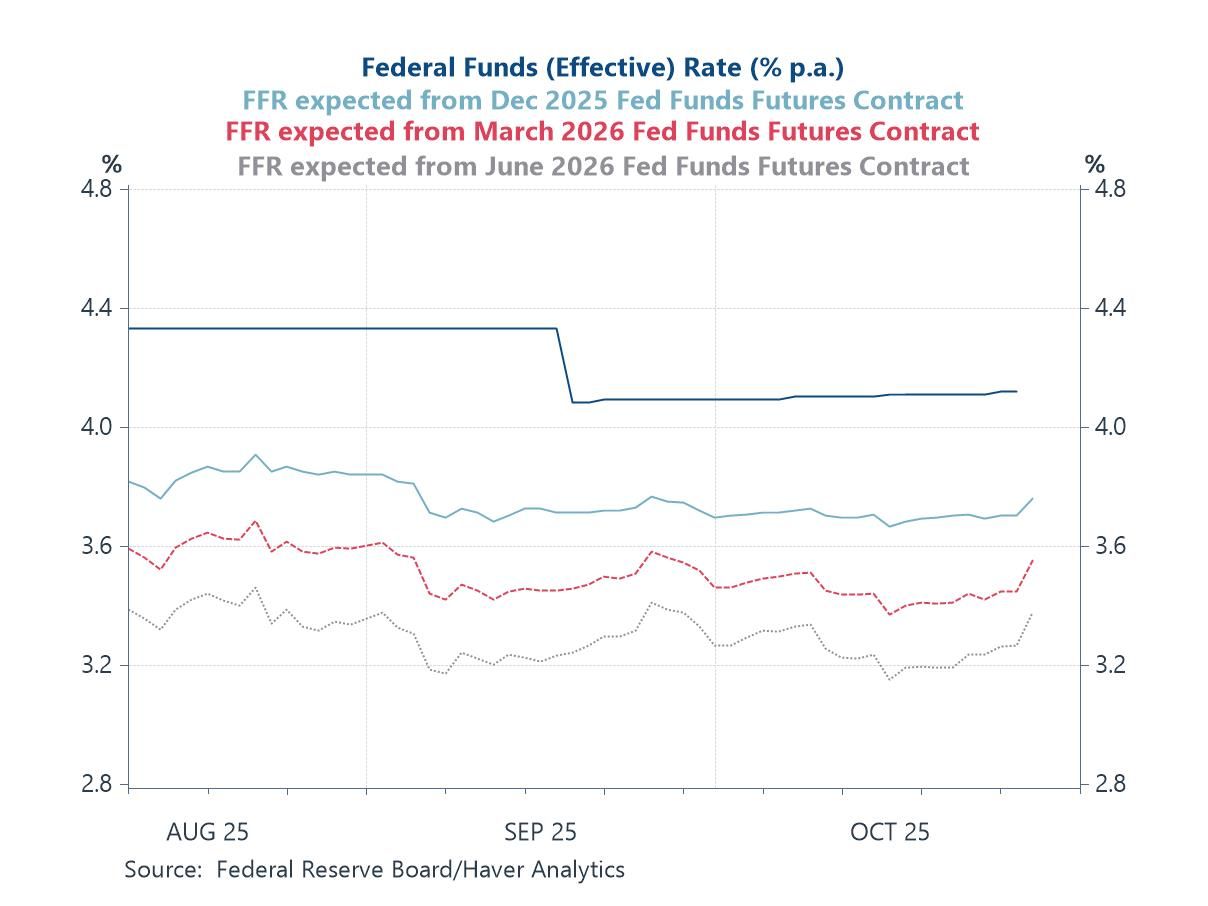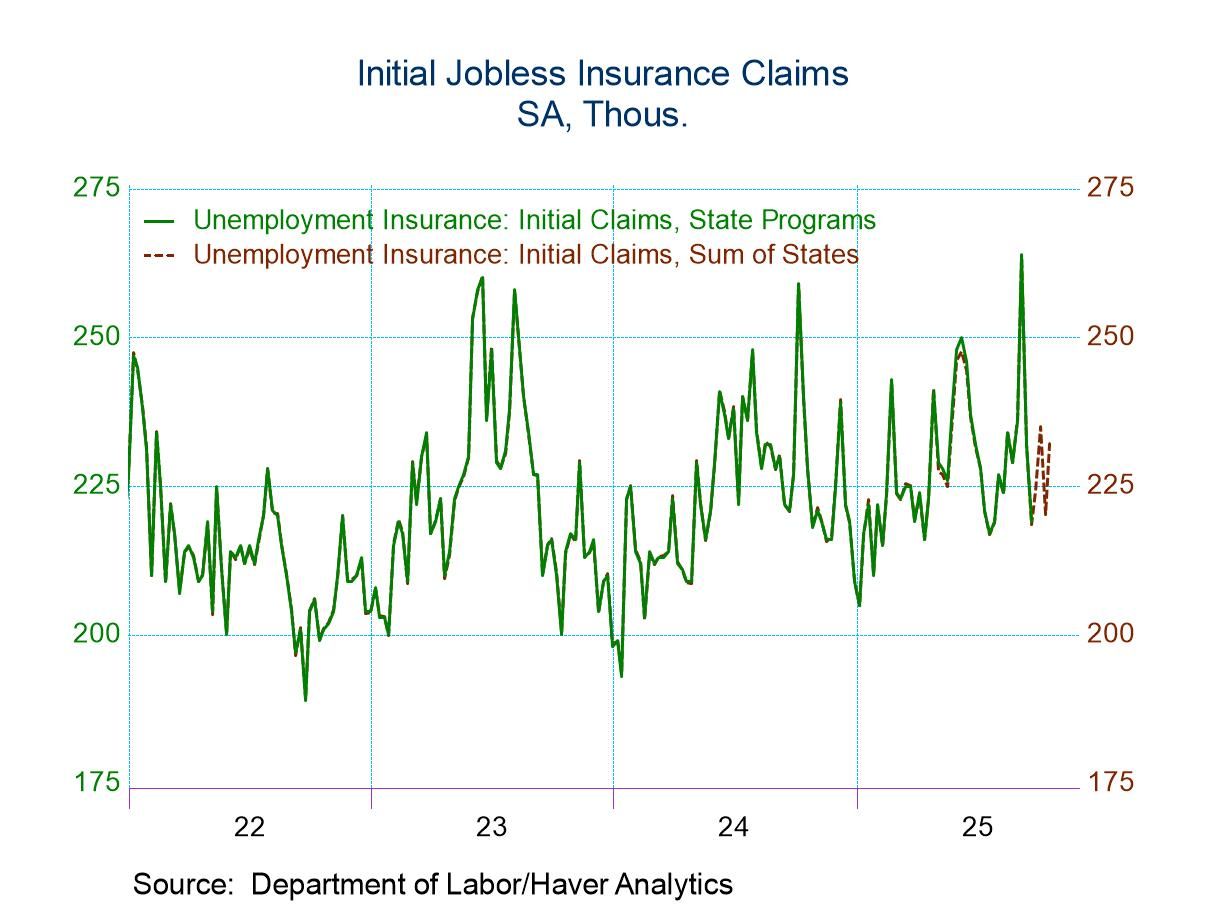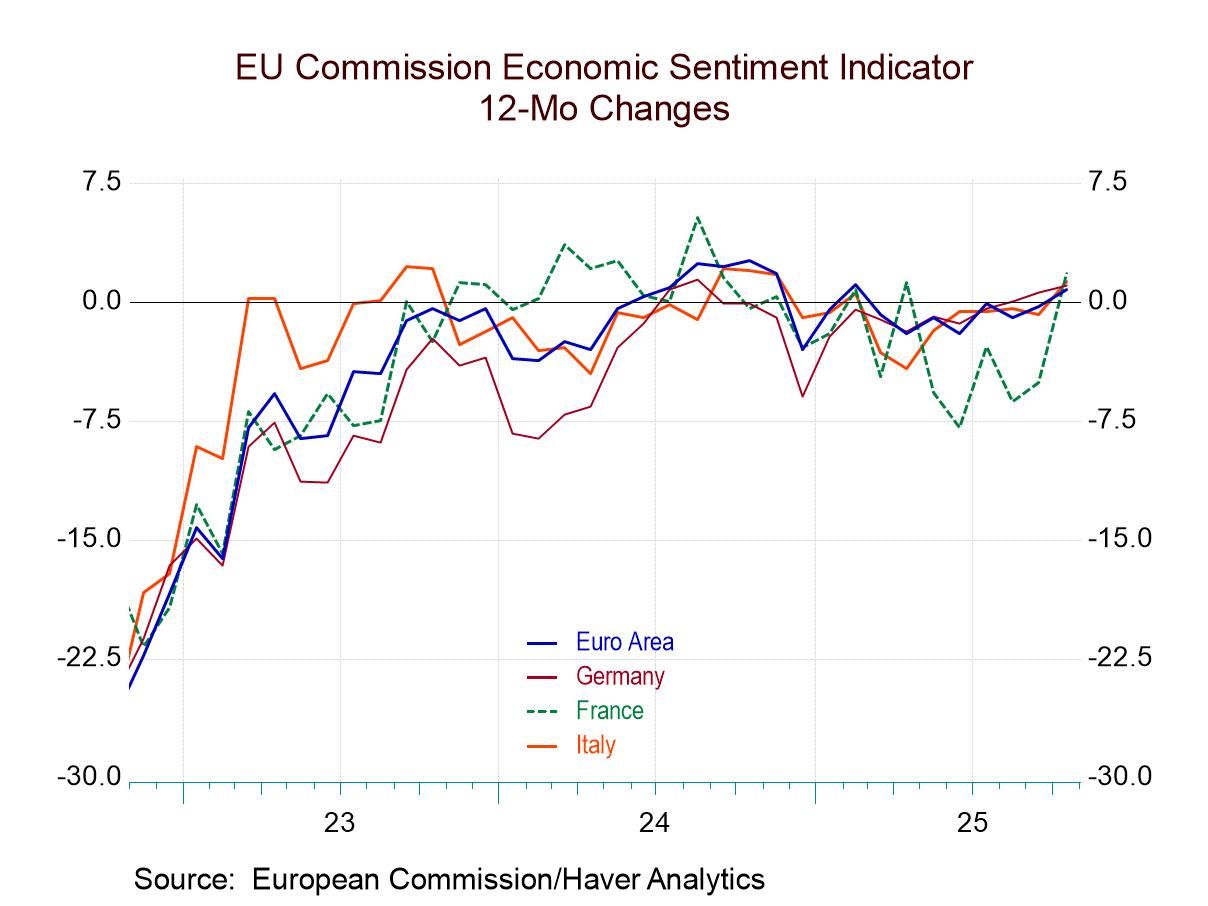 Global| May 22 2007
Global| May 22 2007Italian Consumer Confidence Up in May
Summary
Italy has become EMUs marginalized large economy. It is the third largest economy in EMU and fourth largest in the EU but it has been struggling of late. The chart shows the ongoing rise in consumer confidence until the start of the [...]
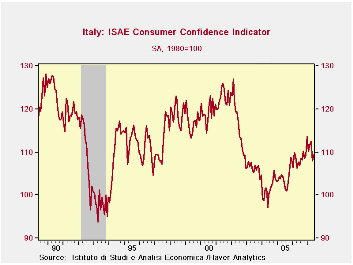
Italy has become EMU’s marginalized large economy. It is the third largest economy in EMU and fourth largest in the EU but it has been struggling of late. The chart shows the ongoing rise in consumer confidence until the start of the New Year when it began to hit some turbulence.
EU/EMU measures continue to be strong to firm. But the rising euro is causing some troubles as are rising energy prices. To some extent the rising euro blunts higher dollar costs for petroleum products. We have yet to see any widespread weakness in trade flows or export orders as a result of euro strength. But since Italy is the weakest of the large EMU economies maybe we should look there first. When we do see we find that the consumer is struggling.
The table below summarizes key responses for the ISAE’s consumer survey. The far right column puts the various May readings in the context of the receptive ranges since 1990. In that context confidence itself is still below the midpoint of that range (at 46%). The overall situation over the past 12 months is not deemed so bad. In fact it is one of the best residing in the 75th percentile of its range. Savings are called the best of the period as consumers have been socking away funds. But the remaining readings are low in the respective ranges. Fear of unemployment is in the 64th percentile - nearly the top third of the range and this is in the Euro area, a place that is supposed to be heating up. Truly Italy is not Germany even though they share a currency.
The overall situation is in the top 72nd percentile of its range for the past 12 months and is in the 27th percentile for the next 12-months. That can’t be a good sign. The consumer evaluates his budget to be in the bottom five percentile over the next 12 months. Italy’s showing signs of weakness. Will those spread to the rest of EMU or is this an isolated problem for Italy?
| Since 1990 | ||||||||
| May-07 | Apr-07 | Mar-07 | 12-MO Avg | AVG | Max | Min | % Range | |
| CONSUMER CONFIDENCE | 109.5 | 107.9 | 112.5 | -110 | -112 | 128 | 94 | 46.3% |
| Last 12-Mos | ||||||||
| Overall Situation | -52 | -55 | -48 | 57 | 67 | -16 | -147 | 72.5% |
| Price Trends | -24.5 | -26.5 | -25.5 | 24 | 16 | 4 | -34 | 25.3% |
| HH Financial Situation | -35 | -38 | -35 | 36 | 27 | 0 | -49 | 28.6% |
| Current | ||||||||
| HH Savings** | 77 | 73 | 69 | -70 | -62 | 77 | 49 | 100.0% |
| Major Purcahses** | 23.5 | 23 | 25.5 | -24 | -28 | 41 | 18 | 26.1% |
| Next 12 Months | ||||||||
| Overall Situation* | -18 | -17 | -10 | 16 | 11 | 24 | -34 | 27.6% |
| Prices Trends | 17.5 | 15.5 | 15.5 | -16 | -24 | 49 | 7 | 25.0% |
| Unemployment | -5 | -5 | -6 | 5 | 5 | 9 | -30 | 64.1% |
| Budget | 3 | 2 | 7 | -8 | -20 | 40 | 1 | 5.1% |
| Purchases planned** | 8.5 | 7.5 | 8 | -10 | -11 | 20 | 4 | 28.1% |
| Future | ||||||||
| Savings** | 26.5 | 23 | 28.5 | -27 | -34 | 44 | 20 | 28.6% |
| * Since Nov 1998, index is More +0.5 'Probable' or +0.5 'same' depending on category | ||||||||
Robert Brusca
AuthorMore in Author Profile »Robert A. Brusca is Chief Economist of Fact and Opinion Economics, a consulting firm he founded in Manhattan. He has been an economist on Wall Street for over 25 years. He has visited central banking and large institutional clients in over 30 countries in his career as an economist. Mr. Brusca was a Divisional Research Chief at the Federal Reserve Bank of NY (Chief of the International Financial markets Division), a Fed Watcher at Irving Trust and Chief Economist at Nikko Securities International. He is widely quoted and appears in various media. Mr. Brusca holds an MA and Ph.D. in economics from Michigan State University and a BA in Economics from the University of Michigan. His research pursues his strong interests in non aligned policy economics as well as international economics. FAO Economics’ research targets investors to assist them in making better investment decisions in stocks, bonds and in a variety of international assets. The company does not manage money and has no conflicts in giving economic advice.



